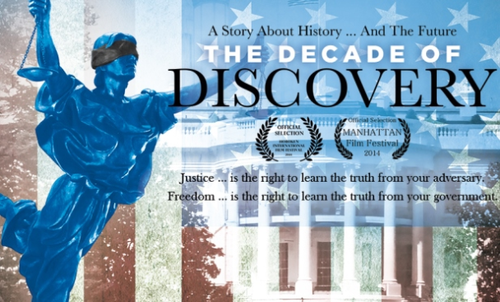Plaintiff Slips, But Defendant Takes the Fall – eDiscovery Case Law

In Riley v. Marriott Int’l, 12-CV-6242P (W.D. N.Y. Sept. 25, 2014), New York Magistrate Judge Marian W. Payson agreed with the plaintiffs that spoliation of data had occurred when the defendant failed to preserve video surveillance and “sweep logs” after one of the plaintiffs slipped and fell in the defendant’s hotel garage and that the defendant was at least grossly negligent for not preserving the information. However, the judge denied the plaintiffs request for summary judgment, granting an adverse inference instruction instead.
Case Background
The plaintiffs filed suit, claiming a slip and fall accident had occurred at the defendant’s hotel in Maui when Linda Riley slipped and fell on the floor of the hotel's parking garage after exiting an elevator because the floor was wet from rainwater that had been permitted to pool there. The defendant had a surveillance camera that monitored and recorded the area of Linda's accident twenty-four hours a day and the loss prevention manager at the hotel, testified that the recordings are maintained for thirty days, at which time the stored recordings are overwritten by new recordings.
According to the loss prevention manager, once he is notified of a potential claim against the Hotel, he is responsible for preserving information relating to that claim and he testified that the video showed Linda's fall, her removal from the scene in a wheelchair, and hotel employees placing wet floor signs and sweeping up the water on the floor. He also testified that he turned the recording over to the hotel's liability insurance carrier. The plaintiffs stated that the defendant provided only approximately seven minutes of the footage, which begins about one minute before Linda's accident and filed the motion for summary judgment due to the unavailability of more of the video as well as “sweep logs” that kept a record of floor maintenance by employees. The defendant did not dispute that the sweep logs and video footage existed or that it had a duty to preserve them, but objected, claiming that the plaintiffs failed to demonstrate prejudice due to the destruction of data.
Judge’s Ruling
Noting that “Marriott has not challenged the Rileys' contention that it had a duty to preserve the destroyed evidence” and that “no genuine question exists that video footage depicting the scene of an accident and sweep logs reflecting maintenance performed at the scene of an accident is likely to contain relevant information”, Judge Payson “easily conclude[d] that Marriott had a duty to preserve both the sweep logs and the video footage from the day of the accident”. She also stated that “Marriott has failed to offer any justification for its failure to preserve the evidence” and “failed to offer any facts concerning how or why the evidence was destroyed”; therefore, “Marriott's failure to preserve the entire video footage relating to Linda's accident and the sweep logs for the day in question despite the Hotel's loss prevention employee's testimony that he knew that he had a duty to preserve relevant evidence constitutes, at a minimum, gross negligence.”
However, Judge Payson stopped short of granting the plaintiffs motion for summary judgment, concluding “that an adverse inference instruction is both appropriate and sufficient to deter Marriott from similar future conduct, to shift the risk of an erroneous judgment to Marriott and to restore the Rileys' position in this litigation.”
So, what do you think? Did the judge go far enough or should the motion for summary judgment have been granted? Please share any comments you might have or if you’d like to know more about a particular topic.
Disclaimer: The views represented herein are exclusively the views of the author, and do not necessarily represent the views held by CloudNine Discovery. eDiscoveryDaily is made available by CloudNine Discovery solely for educational purposes to provide general information about general eDiscovery principles and not to provide specific legal advice applicable to any particular circumstance. eDiscoveryDaily should not be used as a substitute for competent legal advice from a lawyer you have retained and who has agreed to represent you.







